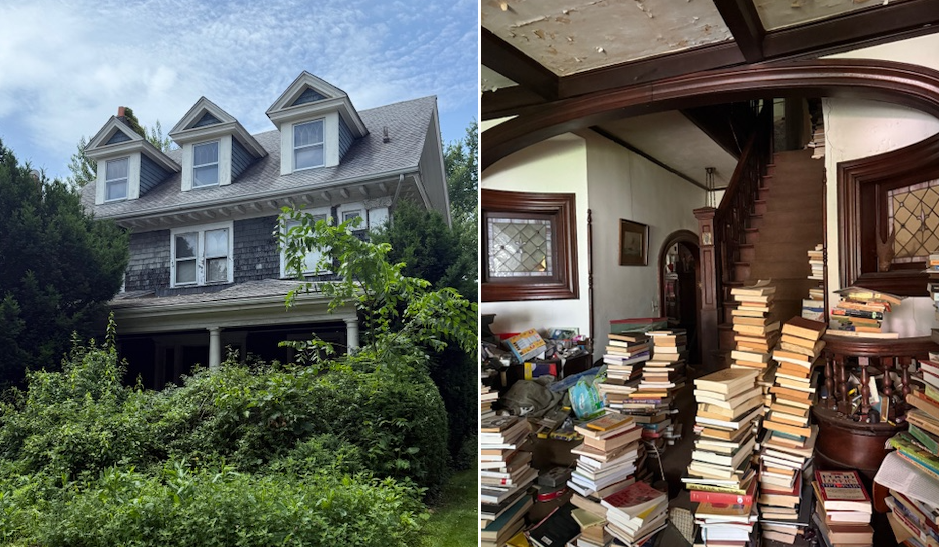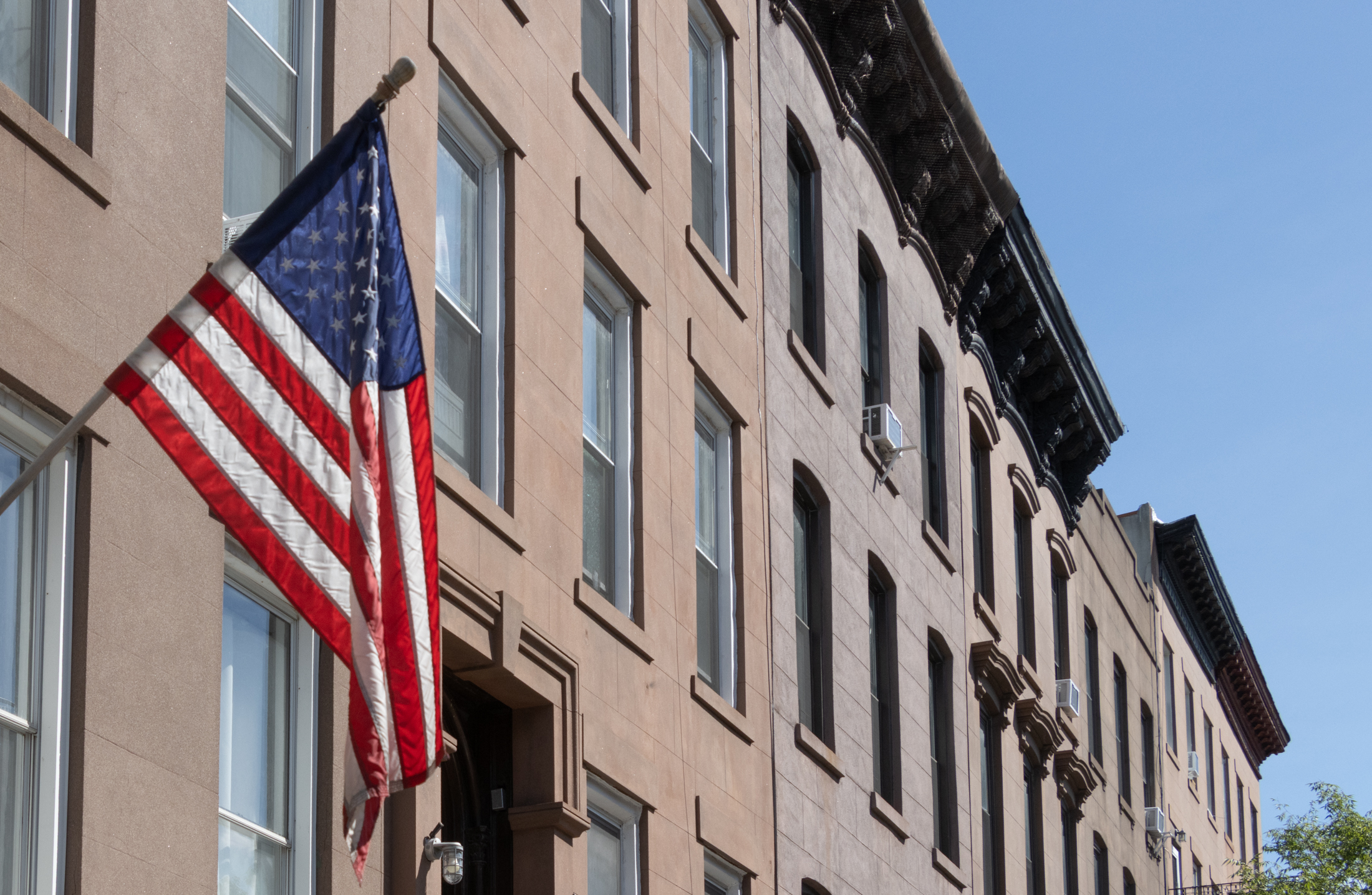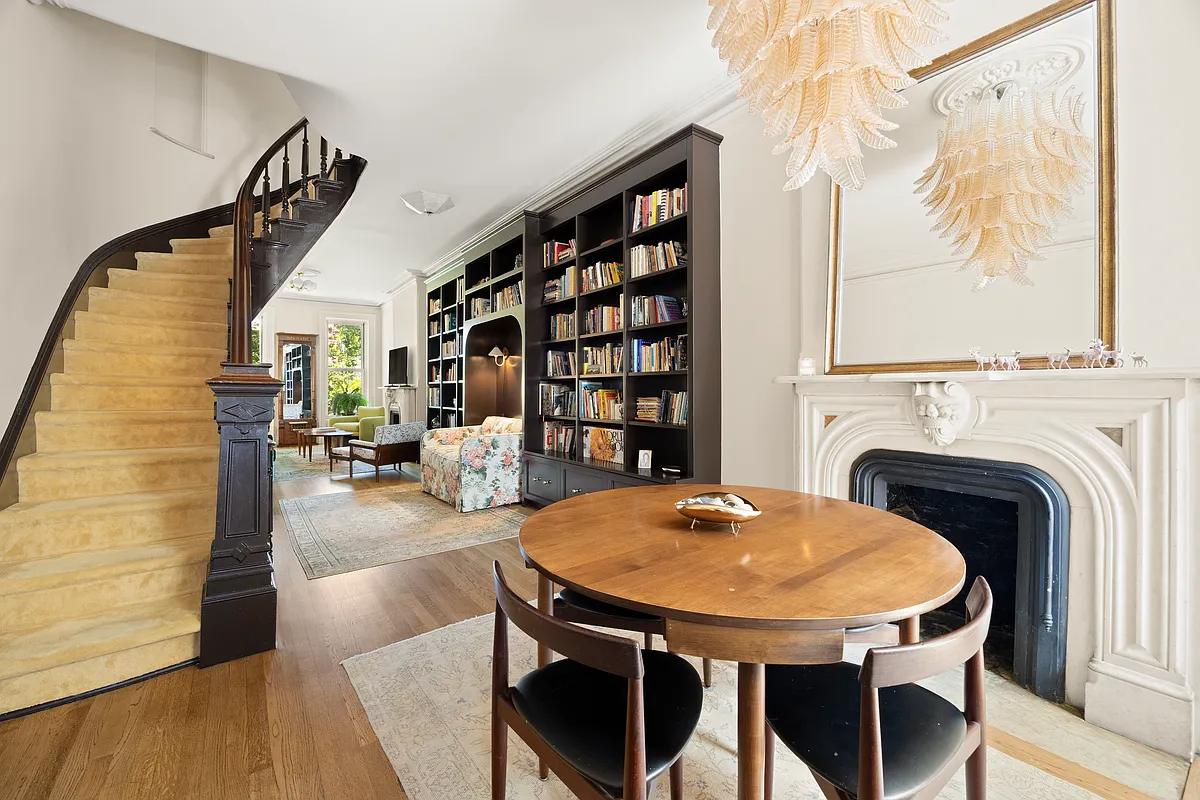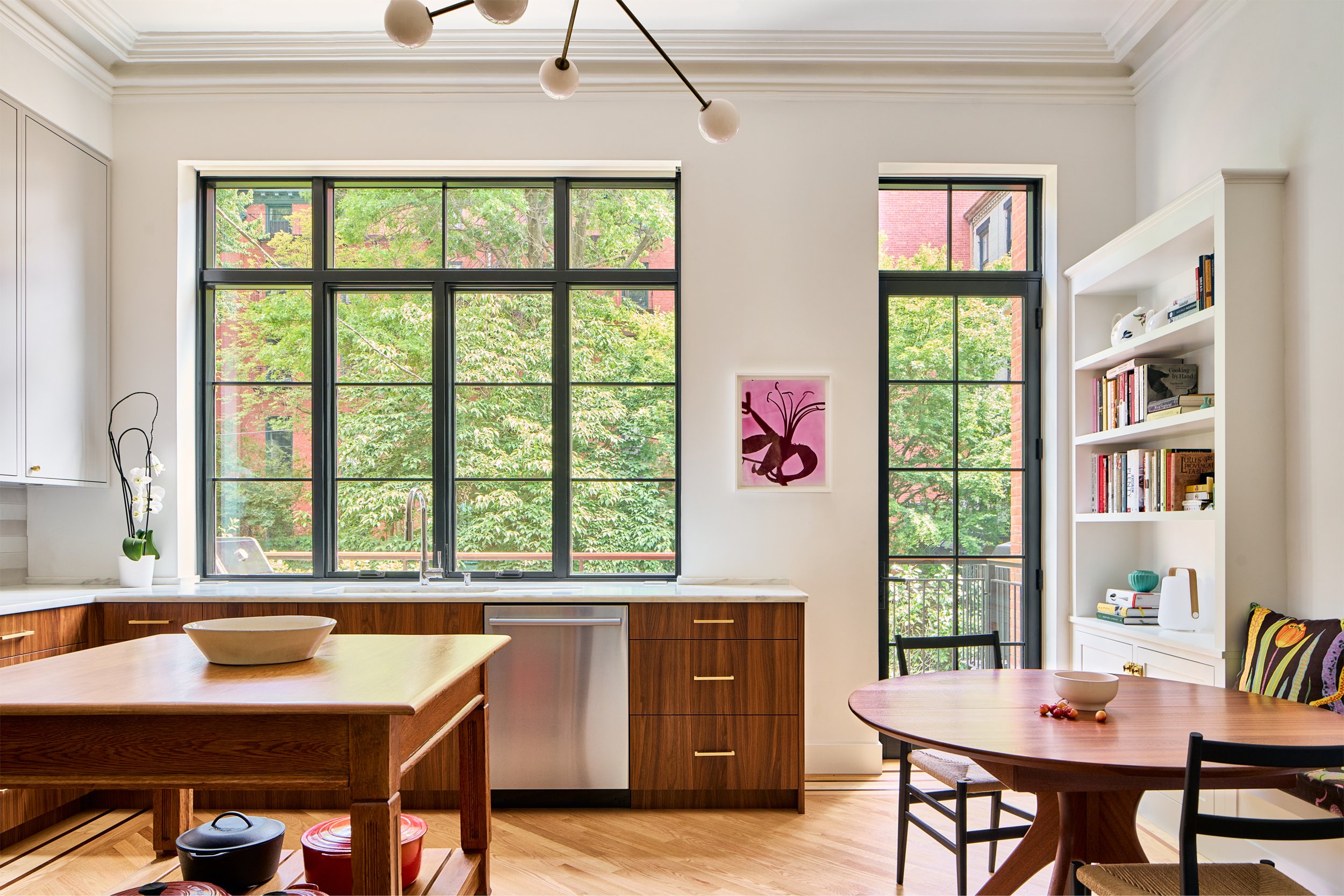Inside Third & Bond: Week 81
Earlier this week, we went to Green Depot’s Bowery store for an invite-only Earth Day reception. We were astonished to find that the crowd’s ratio of schlumpy socks-with-sandals environmentalists to polished heels-and-pearls environmentalists was nearly 0 to 1. As we wandered the room it dawned on us: many in the crowd were sales representatives for…


Earlier this week, we went to Green Depot’s Bowery store for an invite-only Earth Day reception. We were astonished to find that the crowd’s ratio of schlumpy socks-with-sandals environmentalists to polished heels-and-pearls environmentalists was nearly 0 to 1. As we wandered the room it dawned on us: many in the crowd were sales representatives for new green products (and the others ran green-themed design magazines or tv shows). Of course they dazzled that’s half the job! And the Bowery store dazzled as well. The store’s tremendous inventory is representative of the multitude of products available on the market. From $90 stuffed monkey toys to $5 bottles of multi-purpose cleaner to a $15 quart of zero VOC grout, there’s something for everyone. Plus there’s Green Depot’s validation of the products. It can be overwhelming to sift through manufacturers’ and sellers’ claims about building materials, especially ones that are supposed to be green.
Fortunately we can rely also on our design team to source new products for us. One of our greener building materials came to us this way the gentleman at Rogers Marvel Architects learned about a product called Roxul and suggested we look into it for Third + Bond.
 Roxul, a specific brand of mineral wool insulation, is our primary exterior insulation. Roxul is amazing stuff. It’s fire-rated which means that it’s fire-resistant and good for interior insulation as well as exterior. Its melting point is—get this—2,150 degrees Fahrenheit. That’s pretty hot. Even better, Roxul is naturally fire-resistant so no extra flame retardant chemicals need be added. That means fewer nasty chemicals developed for the product, applied and attached to your home, and (worst case scenario) going up in smelly, smelly smoke.
Roxul, a specific brand of mineral wool insulation, is our primary exterior insulation. Roxul is amazing stuff. It’s fire-rated which means that it’s fire-resistant and good for interior insulation as well as exterior. Its melting point is—get this—2,150 degrees Fahrenheit. That’s pretty hot. Even better, Roxul is naturally fire-resistant so no extra flame retardant chemicals need be added. That means fewer nasty chemicals developed for the product, applied and attached to your home, and (worst case scenario) going up in smelly, smelly smoke.
And honestly, Roxul is made out of nasty enough stuff as it is: basalt rock (volcanic rock) and slag. Slag is an industrial by-product from smelting ore. Slag is valuable and is used for many applications ranging from fertilizer to high performance concrete. Roxul is also water repellent—important for an exterior wall which is susceptible to inclement weather.
These attributes are true of most mineral wool products… but what isn’t necessarily true is that the production process is environmentally conscious. Roxul’s parent company is Danish and it’s headquartered in Canada. Given such, should we be surprised that they have reduced their water consumption by 50% in the last year? Or that they have a state-of-the-art recycling facility to redirect its waste back into the manufacturing process? Or that the European Union determined Roxul can save more than 100 times the energy used to produce it?
Probably not. Nor are these reasons enough to use the product. The primary purpose of Roxul is to insulate Third + Bond for excellent energy efficiency. With Roxul and the rest of the wall assembly combined, we expect to get an exterior wall R-value of 22. R-values are a measure of thermal resistance—the heat loss across a space. The bigger the number, the better the building insulation’s effectiveness. Typical R-values:
• Snow R-1
• Wood panels R-2.5
• Fiberglass batts R-3.1
• Thinsulate clothing R-5.75
• Polyurethane rigid panel R-7.
Like all of our insulation, we’re putting it on the exterior of the structure in order to minimize thermal bridging. If we put the insulation on the inside, allowing even part of the superstructure (say a steel joist) to connect directly to the facade, then we create a condition in which cold outdoor air is conducted along that piece of the superstructure directly into the building. It’s like on cold, cold blustery days when you try to minimize exposed skin. Even a mere wrist or ear hit by an icy wind is enough to get you cold all over.
 Our buyers will be sitting pretty inside these well-insulated walls, impervious to the elements. With Roxul we are getting closer to the Energy Star label — and homes with as much as 30% lower energy costs. With that kind of savings, the Third + Bond buyers can purchase more $90 reclaimed wool, handcrafted, stuffed monkey toys from Green Depot’s Bowery store than anybody could possibly need!
Our buyers will be sitting pretty inside these well-insulated walls, impervious to the elements. With Roxul we are getting closer to the Energy Star label — and homes with as much as 30% lower energy costs. With that kind of savings, the Third + Bond buyers can purchase more $90 reclaimed wool, handcrafted, stuffed monkey toys from Green Depot’s Bowery store than anybody could possibly need!
Inside Third & Bond: Weeks 1-80 [Brownstoner]
From our lawyers: This is not an offering. No offering can be made until an offering plan is filed with the Department of Law of the State of New York.”





said I would walk by last week but didn’t make it until tonight. Gee, guys still onsite after 8PM….time and a half or double time at that hour?
coming along nicely.
Question is – on this and other new construction…sound insulation between floors seems great with concrete -but how is sound (and fireproofing) between units on same floor.
How are walls different between units then walls within units? thickness, materials, etc.
This sounds like a great product, I am looking into it for our renovation. I love your blog btw, really interesting posts! Thanks.
Hey there, lonely thread…